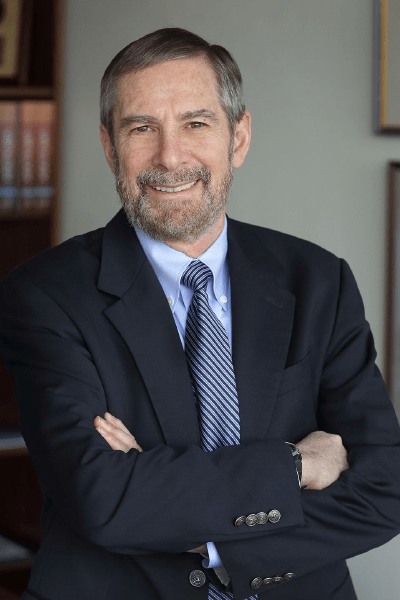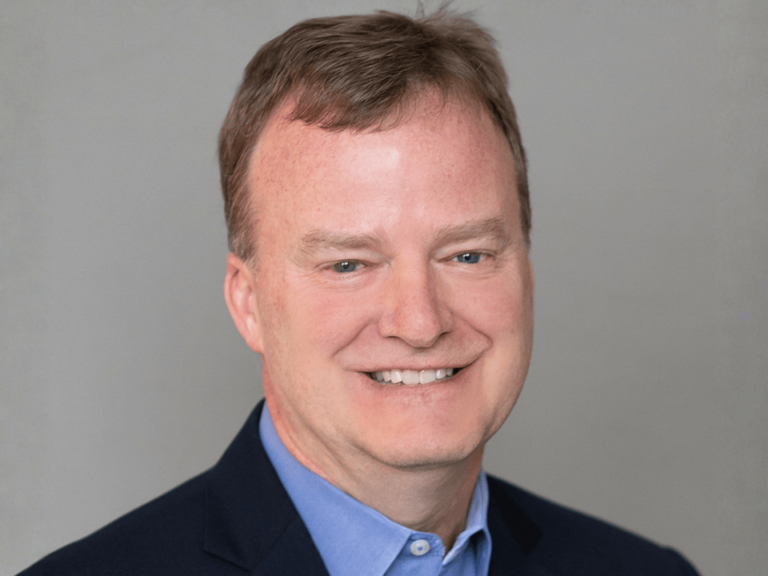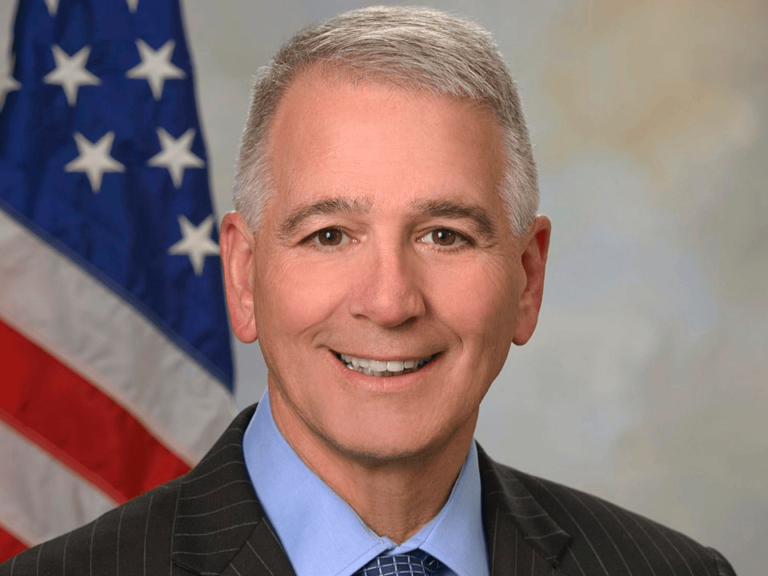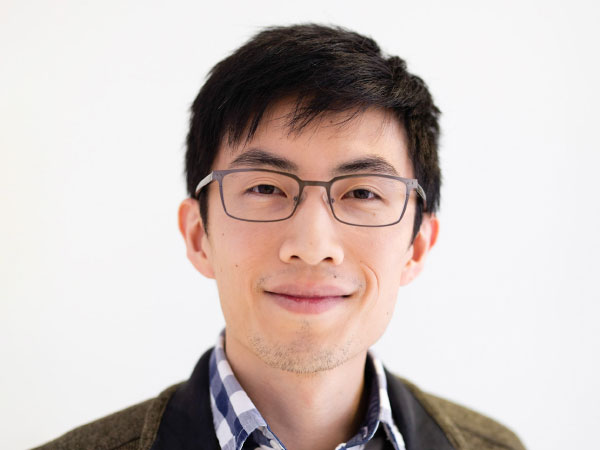The standard of care in HPV vaccination may soon change if a one-dose regimen is found to be just as efficacious as two or three doses—once a large trial that NCI is conducting in Costa Rica, in young women ages 12 to 16, is ready to report final results in a few years.
“We’ve done post hoc analysis of our initial Costa Rica vaccine trial, and that has indicated that protection from one dose in the women who got only one dose is the same as protection from two or three doses, and the vaccinees who received a single dose have remained antibody-positive for more than 10 years,” Lowy said.
“That’s not enough to change standard of care. We hope to have the initial data [from the efficacy trial] in the latter part of next year.”
While it’s important to increase uptake of the HPV vaccine, it’s even more important for women to adhere to screening guidelines, Lowy said.
“You can prevent cervical cancer much faster by screening than by vaccination, because basically the vaccine provides what’s called primary protection,” Lowy said. “So, you get infected when you’re, let’s say, 20 years old. If you were going to get cancer, you wouldn’t get cancer for let’s say 15 or 20 years.
“On the other hand, you get infected when you’re 20 years old and you have a screening test when you are 30. If you were destined to get cervical cancer when you were 35, the interval would only be five years; right?
“The way John Schiller [NIH Distinguished Investigator and deputy chief of the Laboratory of Cellular Oncology at NCI’s Center for Cancer Research] and I talk about it is, screening is for the current generation of women; vaccination is for the next generation of women.”
Lowy spoke with Matthew Ong, associate editor of The Cancer Letter.
Matthew Ong: The news peg for our conversation is a study using NCI HINTS data showing that Americans are becoming less aware that HPV causes cancer.
Do you think this might also have an impact on vaccination rates? Are we on track?
Douglas Lowy: Fortunately, there is not always a one-to-one correspondence between vaccination and this specific kind of awareness. I don’t know about on track. Beauty is in the eye of the beholder.
When it comes to HPV vaccination uptake, it has actually increased over the last few years rather than decreased, even during 2020 and 2021, the first two years of the pandemic (data for 2022 are not yet available).
It’s possible that vaccination rates might have been higher, even than they are now, compared with 2014. But the vaccination rates, you should know, are substantially higher now than in 2014.
Basically, the HPV vaccine uptake among teenagers 13 to 17 has increased each year for quite a few years. It’s still nowhere near 100%, but it is much better than it was. And again, the CDC has data that, at least for women, vaccine uptake has led to herd immunity—the prevalence of the HPV vaccine types has gone down, not just for vaccinated young women, but also for the unvaccinated young women.
That doesn’t mean that unvaccinated women shouldn’t get vaccinated. But I’m just saying that is an index of the population-wide impact that the vaccine is having.
Why do you think there appears to be a decrease in public awareness about the link between HPV infection and cancer?
DL: I think many people understandably have limited knowledge about how cancer comes about, and this is probably a reflection of that.
The main thrust of our research at NCI is to develop evidence that giving a single vaccine dose may be able to provide strong protection. We believe that that would lead to increased vaccine uptake, because in the United States, it would be logistically much easier to give one dose rather than two.
The current FDA approval is, and the Advisory Committee on Immunization Practices recommendations are, that you only need two doses if you’re under 15, but you need three doses if you are 15 or older.
And so, when they say “up to date,” they mean if you’re under 15, you’ve had at least two doses, and if you’re 15 to 17, you’ve had all three doses. Obviously, there were more people who got only one dose than who got more than one dose, because there’s a fall-off after the first dose.
So, the current standard of care is what is recommended: two doses through 14, and three 15 to 17.
But if the evidence were to warrant a decrease to one dose, it would have two likely impacts.
The first is that people who had only one dose would be considered to be “up to date.” They would be considered to be fully vaccinated today, although for the foreseeable future, they are not in this category.
And the second is that it might be easier to start HPV vaccination for people who haven’t been vaccinated if it were to become “one and done.”
Looking at CDC data, right now, uptake is about 62% for more than one dose. Whereas for at least one dose, it’s 77%, so it’s easier to get that done.
DL: Yes. Let’s say that there are 20% of people who haven’t initiated, but you could imagine that if you only needed one dose, some of that 20% might be willing to take one dose, but not want to embark on a multi-dose vaccine.
For example, if you’re 15, you’re basically making a commitment to three doses, and people who are 15 to 17, you can easily imagine teenagers saying, “This isn’t important enough to me,” or their parents saying, “There were better things to do with your time.”
Where are we in terms of the development of a single dose HPV vaccine?
Do you think it would be possible to get one dose that is fully efficacious, compared to the current three-dose regimen?
DL: We are doing a very large trial in Costa Rica, and we hope to have the initial data in the latter part of next year.
We’ve done post hoc analysis of our initial Costa Rica vaccine trial, and that has indicated that protection from one dose in the women who got only one dose is the same as protection from two or three doses, and the vaccinees who received a single dose have remained antibody-positive for more than 10 years.
That’s not enough to change standard of care.
So, we’re doing a large efficacy trial in Costa Rica, where we are comparing the efficacy of two doses versus one dose in young women who are 12 to 16 years of age.
Nice. What is the efficacy in terms of percentages, when you say one dose is equivalent to two or three doses?
DL: Different studies give you different percentages, but the vaccine is generally considered to be at least 95% protective against the HPV types that are in the vaccine.
Screening is for the current generation of women; vaccination is for the next generation of women.
But there are three different FDA-approved vaccines.
The only one that’s sold in the United States currently is Gardasil 9. And so, Gardasil 9 should provide about 95% protection against infection and disease caused by the nine HPV types in the vaccine. There still are about 10% of potentially cancer-causing infections that are not specifically targeted by Gardasil 9.
It just happens that there are a range of HPV types that cause cervical cancer, and the seven oncogenic types in Gardasil 9 are the seven most oncogenic types. Then there are two types that prevent the vast majority of genital warts.
That’s why it’s Gardasil 9. There are seven oncogenic types and two non-oncogenic types.
So, in summary, the holy grail here is to overcome this barrier in HPV vaccine uptake by reducing the three doses to one.
DL: Exactly.
And I will tell you that, based in part on our evidence and a short-term protection trial in Kenya, the World Health Organization a year ago recommended either one dose or two doses for the HPV vaccine.
That’s not in the United States, but there are over 25 other countries in the last year that have started to adopt one dose.
When do you think the final data would be reported out and ready for dissemination?
DL: The final data probably would be 2025, 2026. We will see what the interim analysis shows.
That’s not too far off. That’s great.
DL: That’s right. So, the big public health problem worldwide is cervical cancer in low- and middle-income countries. Ninety percent of the deaths from HPV-associated cancer occur in low- and middle-income countries, and the vast majority of them are cervical cancer.
So, the burden of HPV-related cancer mortality is mostly borne by LMICs.
DL: Right. And at the moment, among eligible girls, say 10 to 14 years of age, you’re talking about maybe one young girl in 10 is getting vaccinated. Our hope is that if we get this recommendation for one dose, there will be a vast increase in the uptake in low- and middle-income countries.
We have been pleasantly surprised at how many countries have been willing to go to one dose, because the recommendation currently is one or two doses, and it’s kind of up to the country to decide what to do. And that recommendation is for young women nine to 20 years of age. The age range is different from the U.S.
Moving beyond vaccination, since we’re talking about HPV-related cancers, HPV DNA home-testing isn’t approved by FDA in the U.S.; right? Because I know WHO recommends it everywhere.
DL: Self-testing is not everywhere, but the WHO recommends it—and several high-income countries also recommend it. NCI has been working with manufacturers and the FDA to try to get an approval when the FDA feels that it is appropriate.
I see. If I’m not mistaken, in Tanzania, HPV DNA self-testing kits are available and they have a network of community health workers who are trained to provide it in rural areas.
But in America, we don’t have that.
DL: The FDA is trying to make sure that there isn’t inadvertent harm by making self-testing available.
The incentive right now is to come in and get tested. If you do self-testing in the United States, the problem with taking the test is, if you are positive, you need follow up.
So, the women who tend to be under-screened, if you will, also tend not to have regular interactions with the healthcare system. So, there is a concern that if you do self-testing, will you get lost to follow up?
In other words, self-testing could further disincentivize people from coming in for their regular checkups?
DL: So, the FDA is looking carefully at all sides of this issue. And we think that, with appropriate safeguards, this could add to our ability to do cervical cancer screening.
But it’s not yet FDA approved, and I’m explaining to you some of the considerations, why it’s complicated. It has to do with demonstrating that it is as good as standard of care.
In other words, the FDA tends to be reluctant to approve something that hasn’t been shown to be at least as good as what’s done, because they then are incentivizing a less good screening test.
The FDA wants to make sure that if they approve self-testing, that it will be because self-testing is as accurate as being tested by a healthcare provider. I would assume that they would like there to be some kind of assurance that if you had a positive test, that it would be straightforward to find a healthcare provider who could provide appropriate follow up.
It would be terrible if you did self-testing and there was no follow up. If you’re negative, that’s fine. But if you’re positive, the whole purpose is to identify positive women so that they can be followed up and, if necessary, can be treated—because cervical dysplasia is basically as close to a 100% cure rate as you get.
Data from the CDC show that between 2005 and 2019, the percentage of women who were not up to date on their screening increased.
I wonder why that is.
DL: My guess is it’s complicated. The CDC data indicate the decreased screening is really skewed towards women who are underinsured or uninsured.
There’s virtually no disparity in the rates of overdue screening by race—well, at least between Black and white populations.
DL: A lower court made a decision a couple of months ago that the no copay provision for prevention services under the Affordable Care Act, so-called Obamacare, was illegal.
Yes, in Texas, by District Judge Reed O’Connor. I’ve spent a lot of time writing about his ruling.
DL: So, if the case goes to the Supreme Court and the Supreme Court sides with the lower court, this could once again provide a disincentive for people to get screened.
Right. And this percentage of people who are overdue for screening would only increase.
DL: Exactly. But the problem with prevention is, so many of us say, “I feel fine, I can put it off for tomorrow,” and tomorrow never comes. I mean, that’s human behavior.
It might be easier to start HPV vaccination for people who haven’t been vaccinated if it were to become “one and done.”
The Affordable Care Act actually provided an incentive for people to get screening and not just cervical cancer screening, but all preventive services are not supposed to have a copay. And I’m saying this in a nonpartisan way. We want to make it as easy as possible for people to take advantage of preventive services, and copays actually represent a barrier.
To me, of course, if you have to pay for it, there will be less uptake. Although, you could argue that sometimes people don’t put as much value on things that are free.
But I don’t think that’s true when it comes to cancer prevention and cancer screening.
At least for now, I suppose it’s good that the HPV vaccine guidelines are promulgated by ACIP, as opposed to the USPSTF’s cervical cancer screening recommendations, which fall under the purview of that case in Texas.
So, one could only hope that if the case reaches the Supreme Court, that it’s limited to the task force.
DL: Thank you for pointing that out. Or if they don’t, that Congress would pass a legislation that would say that there should be no copay for prevention services.
Indeed, though we don’t know if that’s going to happen, given the balance of power in the House of Representatives right now.
DL: There is that alternative, when it would be easier, clearly, if the Supreme Court were to say that this aspect of the law is valid. Right now, the issue really is, what will the Supreme Court decide?
Let’s not worry about needing to get this passed through Congress, cause as you are pointing out, that might not be a slam dunk.
Did we miss anything?
DL: As important as increasing vaccine uptake is, it’s even more important for women to get screened. You can prevent cervical cancer much faster by screening than by vaccination, because basically the vaccine provides what’s called primary protection.
So, you get infected when you’re, let’s say, 20 years old. If you were going to get cancer, you wouldn’t get cancer for let’s say 15 or 20 years.
On the other hand, you get infected when you’re 20 years old and you have a screening test when you are 30. If you were destined to get cervical cancer when you were 35, the interval would only be five years; right?
So, with screening, you’re reducing the incidence of cervical cancer in the short term; with vaccination, you’re reducing incidence of cancer long term?
DL: The way John Schiller and I talk about it is, screening is for the current generation of women; vaccination is for the next generation of women.
Thanks for taking the time to chat, Dr. Lowy.
DL: Thank you.











